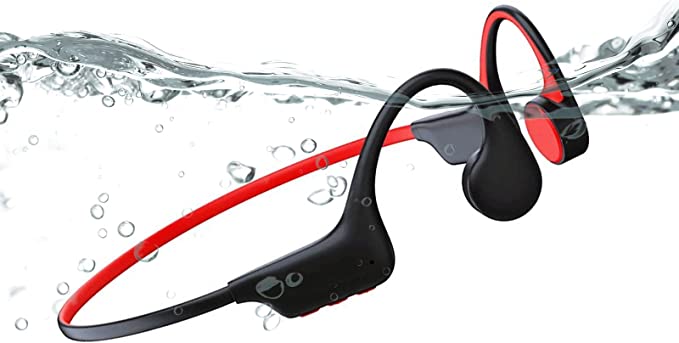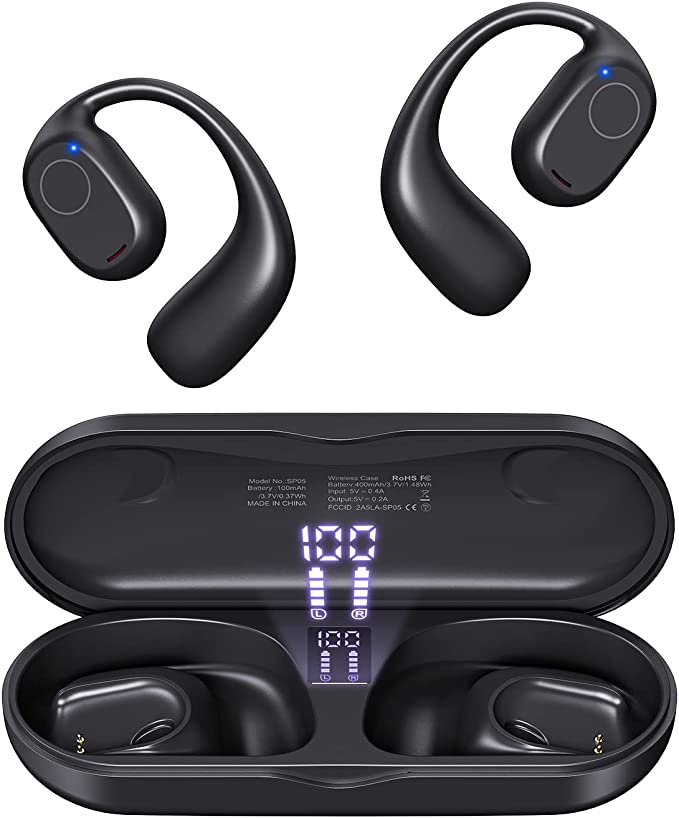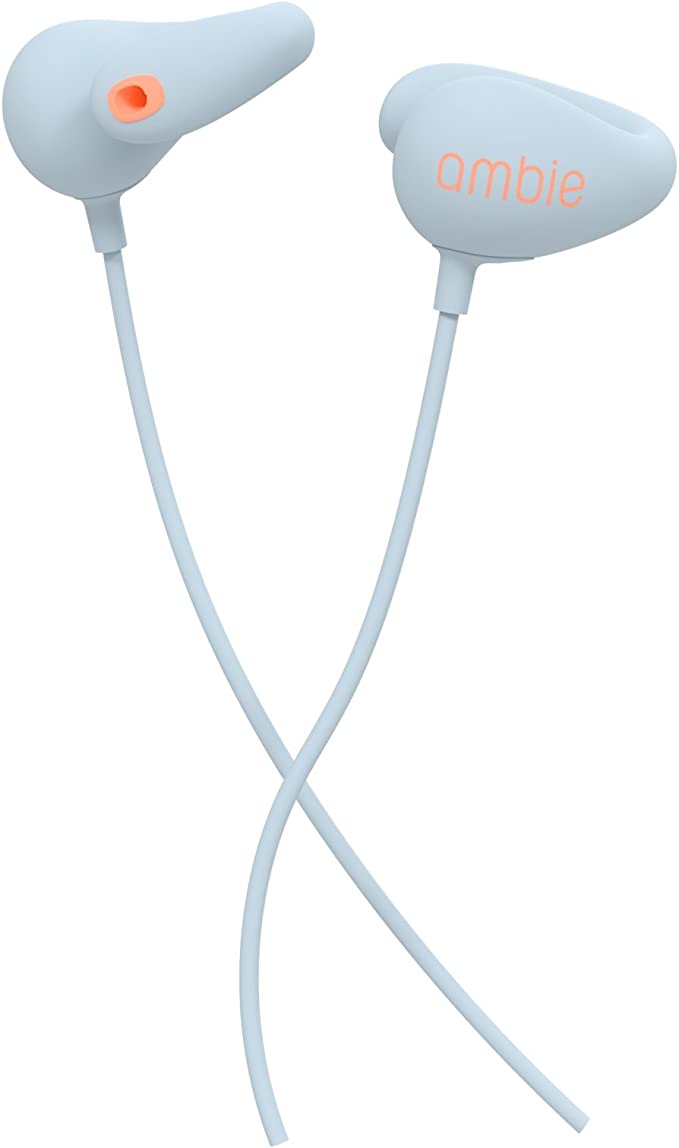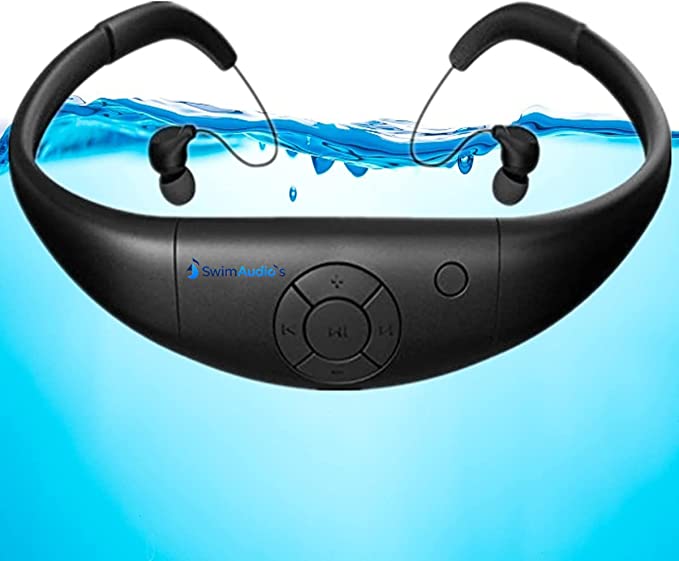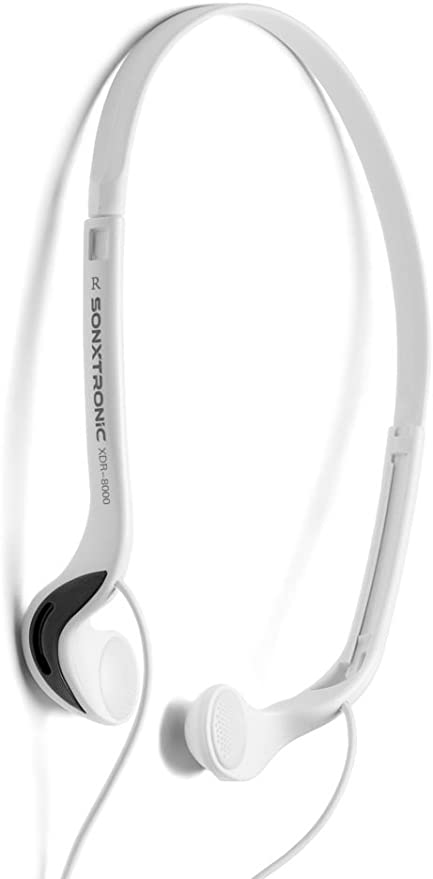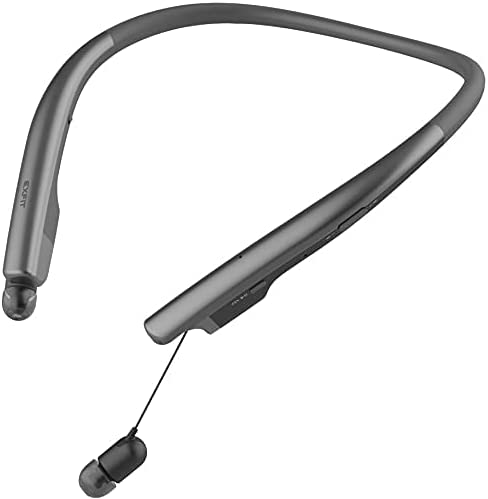The Unseen Spectrum: How Infrared Technology Revolutionized Finding Invisible Leaks
Update on Oct. 21, 2025, 1:19 p.m.
Imagine you are a detective on the hunt for a thief. This thief is silent, invisible, and odorless. It doesn’t leave fingerprints or footprints. It simply seeps through the tiniest of cracks, stealing efficiency from a system and venting harmful substances into the environment. This is the daily challenge for technicians in the vast, $300 billion global HVAC industry. The culprit is a refrigerant leak, and for decades, finding it was a frustrating game of hide-and-seek involving messy soap bubbles and sensors that were easily fooled. The breakthrough came not from better chemistry, but from a deeper understanding of physics—specifically, the physics of light.

A Whisper from the Past: The Dawn of a New Sense
The story begins, improbably, with Alexander Graham Bell in 1880. While experimenting with his photophone, a device to transmit sound on a beam of light, he stumbled upon a curious phenomenon. He discovered that when a rapidly interrupted beam of sunlight struck a solid object, it could produce a sound. This “photoacoustic effect” was the first hint that light and matter could interact in ways far more subtle than mere reflection or shadow. Bell had, in essence, found a way to “hear” light. This principle laid the groundwork for a revolutionary idea: if different substances react to light differently, could we use light to identify them, even when they are invisible gases?
The Molecule’s Dance: A Fingerprint Made of Light
To understand how modern detectors work, we must shrink down to the molecular level. Think of a molecule, like Carbon Dioxide (CO₂) or a refrigerant like R-134a, not as a static ball, but as a structure of atoms connected by springs. These “springs” are chemical bonds, and they are constantly in motion—stretching, bending, and rotating. Each of these movements, or “vibrational modes,” has a specific, natural frequency, much like the strings on a guitar each have their own note.
Now, imagine shining a broad spectrum of infrared light—which is essentially heat radiation—onto these molecules. If a photon of light has the exact same frequency as one of the molecule’s natural vibrations, the molecule will absorb that photon’s energy and begin to vibrate more intensely. It’s like pushing a child on a swing: if you push at just the right rhythm (frequency), the swing goes higher.
This is the key. Every type of gas molecule has a unique set of vibrational frequencies. Therefore, it will only absorb very specific frequencies (or wavelengths) of infrared light. This pattern of absorption is as unique as a human fingerprint. For instance, CO₂ molecules get particularly excited and absorb strongly at a wavelength of 4.26 micrometers. Most refrigerant molecules have their own unique “absorption bands” in the infrared spectrum. By identifying which “notes” are missing from the light after it passes through an air sample, we can identify the “musician.”
Building the “Magic Flashlight”: How NDIR Sensors Work
This is the principle behind the Non-Dispersive Infrared (NDIR) sensor. It’s a remarkably clever piece of engineering that acts like a highly specialized flashlight and camera. Here’s a simplified breakdown:
- The Light Source: An emitter generates a broad-spectrum beam of infrared light.
- The Sample Chamber: The beam passes through a small chamber where the air to be tested is pumped in.
- The “Color” Filter: Before hitting the detector, the light passes through a narrow-band optical filter. This filter is designed to only let through the specific wavelength that our target refrigerant is known to absorb.
- The Detector: A detector at the other end measures the intensity of the light that makes it through.
If there is no target gas in the chamber, the full intensity of that specific wavelength hits the detector. But if refrigerant molecules are present, they will absorb some of that light, and the detector will register a drop in intensity. The more refrigerant molecules there are, the more light gets absorbed. This relationship, formalized in the Beer-Lambert law, allows the sensor to not just detect the gas, but to accurately measure its concentration in parts-per-million (PPM).
From Laboratory to Toolbelt: The Engineering Marvel
For decades, NDIR technology was confined to bulky, expensive laboratory equipment. The challenge was to create a sensor that was small, rugged, power-efficient, and sensitive enough for field use. This is where a tool like the INFICON D-TEK Stratus represents a technological milestone. Its redesigned infrared sensor is the culmination of this scientific journey.
The engineers behind it solved immense challenges. They developed an IR source that lasts for thousands of hours and a sample chamber that maximizes light interaction while minimizing size. The result is a handheld device that can detect leaks as small as 0.03 ounces per year. To put that in perspective, that’s like finding a single drop of water leaking from a swimming pool over the course of a week.
Crucially, because this method is based on a fundamental physical property, the sensor’s sensitivity doesn’t degrade over time, unlike older heated diode technologies which essentially “burn out.” It’s a permanent calibration, a tool that relies on the unchanging laws of physics to do its job.

Epilogue: Seeing the Unseen
The journey from Bell’s sunbeam experiment to a technician pinpointing a leak in a noisy mechanical room is a testament to human ingenuity. By harnessing the subtle dance between light and molecules, we have learned to see the unseen. This technology does more than just fix air conditioners; it protects our environment, conserves resources, and turns a frustrating guessing game into a precise science. It is a powerful reminder that the greatest advancements often come from understanding the most fundamental principles of the world around us.



